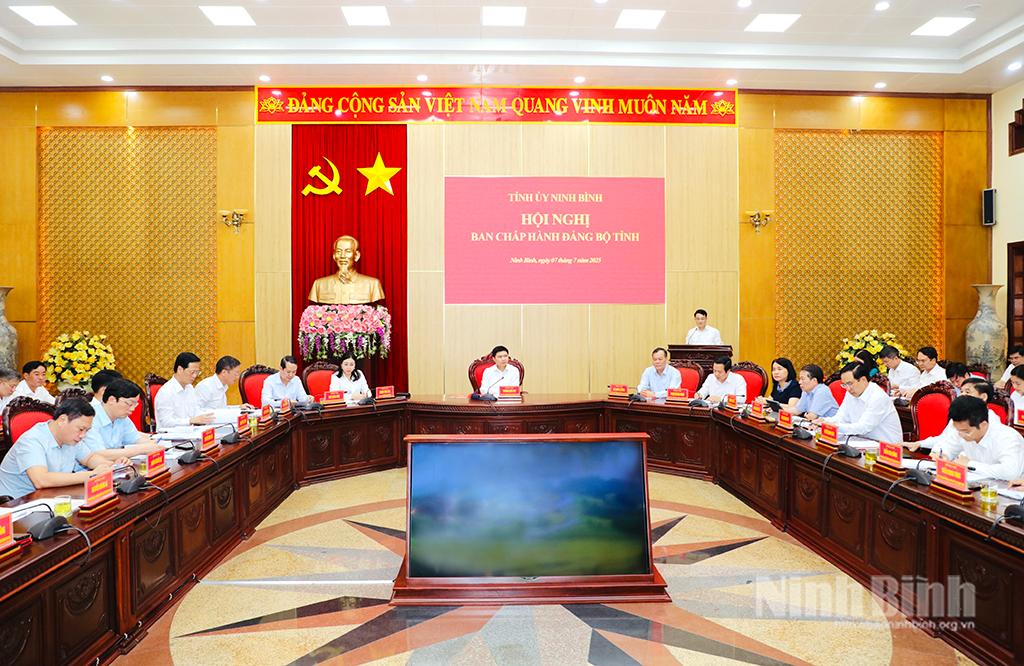Ninh Binh proactive in developing support industry

According to the Department of Industry and Trade's report, the province's total industrial production value in 11 months of 2018 reached nearly 48 trillion VND, up 22.4% over the same period last year, exceeding 3.1% of the yearly plan. Assembled automobiles reached more than 41,400 units; construction glass was 247,000 tons; cement and clinker reached over 10.3 million tons; fertilizer hit 166,000 tons; and footwear, reached nearly 18.8 million pairs, up 25.6%.
The growing industrial production value and policies to attract investment into industrial zones have helped to "lure" the enterprises operating in the support industry in the province.
At present, Ninh Binh has over 10 enterprises investing in the support industries, such as electronic components; automobile accessories, garment supporting products, footwear, fine arts and handicrafts, construction materials, and conveyors for cement production.
However, the province's support industries have revealed many weaknesses, such as a few enterprises joining the industry while the operating ones having low production value and low competitiveness. Products are poor in terms of types and designs while the prices are much higher than the imported. Quantity and quality of human resources working in the support industries have not met the demand.
In order to perfect mechanisms and policies to support and develop the support industries, together with policies of central ministries and branches, Ninh Binh province has promulgated many policies and incentives such as: Decision No. 35/2014 / QD-UBND regulating policies to encourage incentives and support for support industry development in automobile assembly and manufacturing industry in Ninh Binh province; Decision No. 1751 / QD-UBND approving the program of the development of support industries in Ninh Binh province by 2025; Decision No. 20/2018 / QD-UBND promulgating the Regulation on management and implementation of the program on development of support industries in Ninh Binh province.
At the same time, enterprises are urged to be proactive in catching up with the trend of investment. Besides, they must regularly invest and upgrade technology, improving production capacity.
In particular, enterprises must establish close relationships with major producers so that they can participate in the supply chain in the long run.
Translated by Nguyen Thuy


